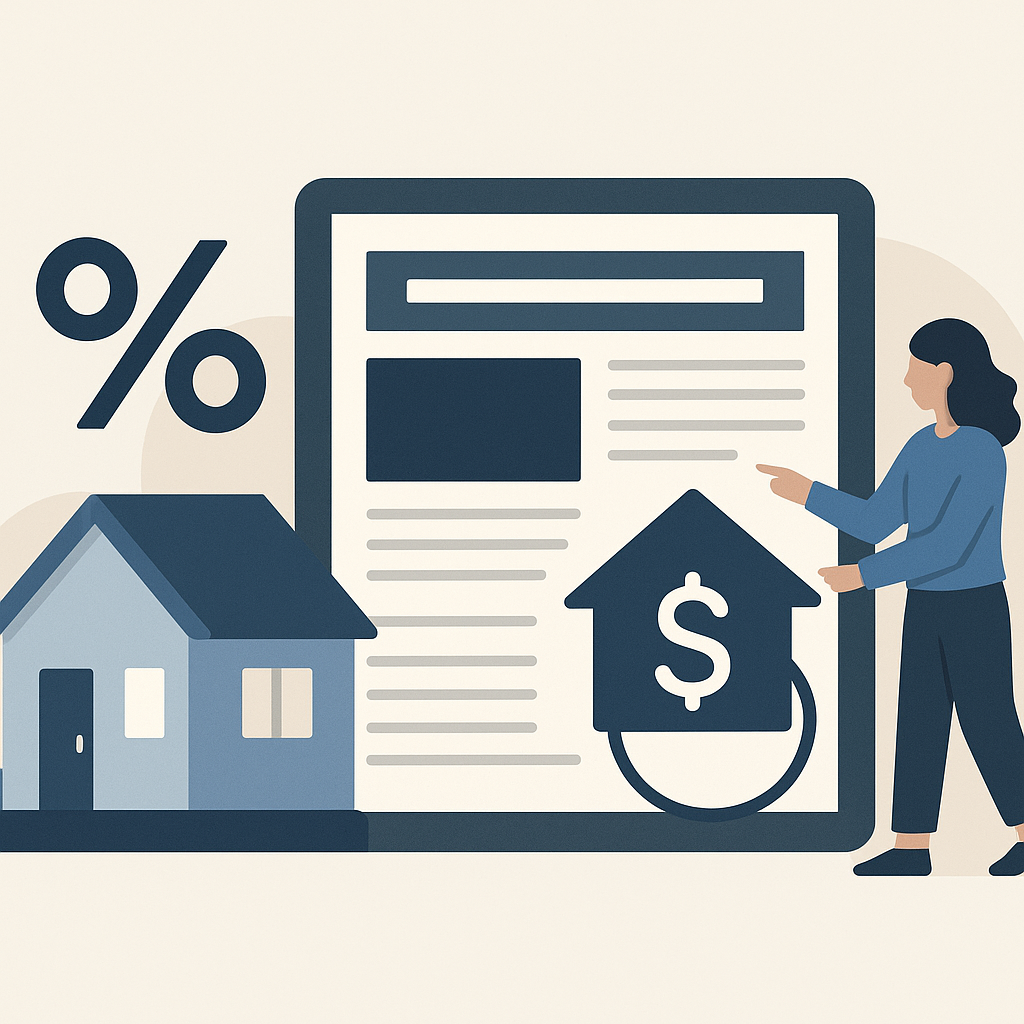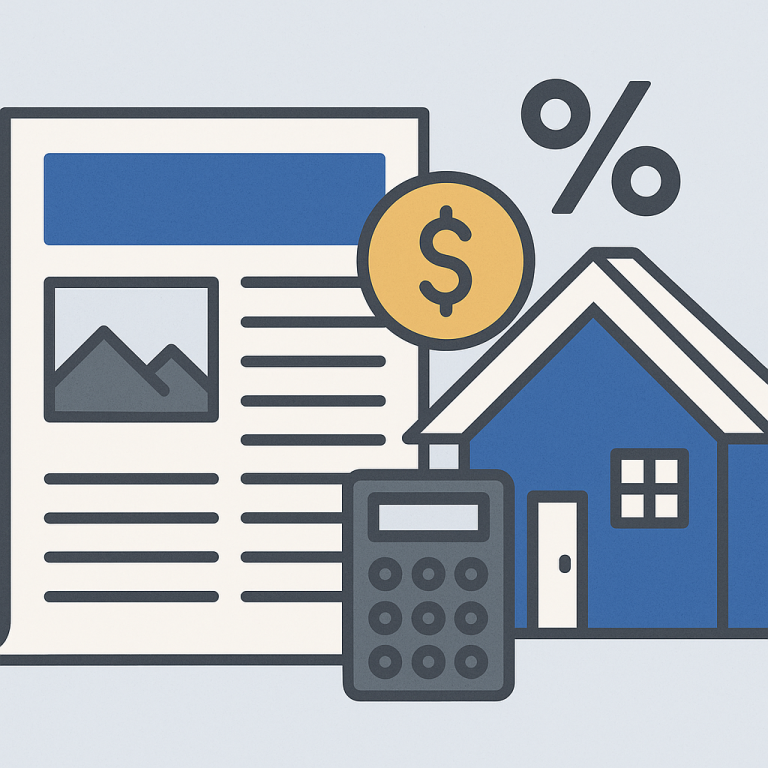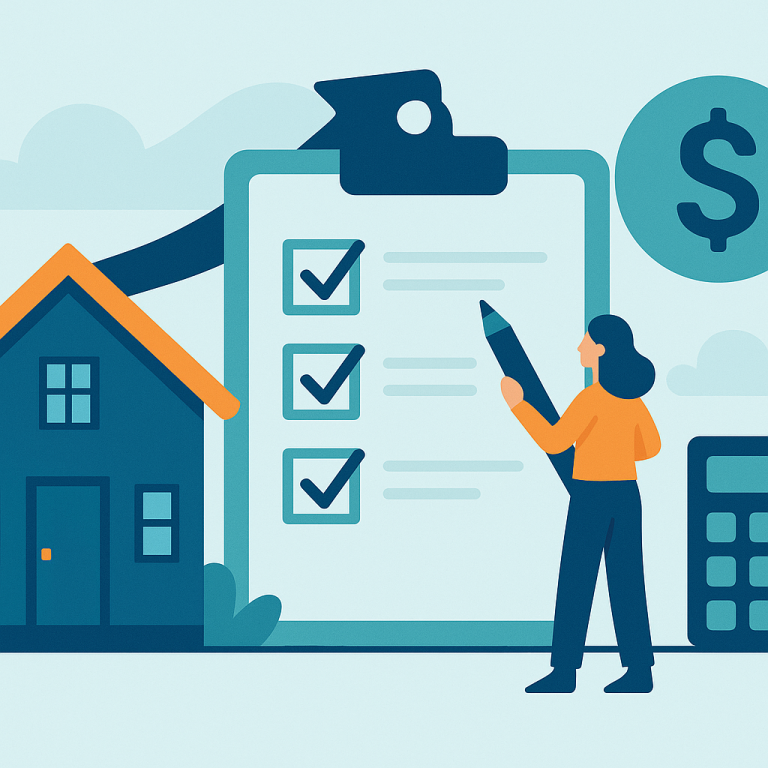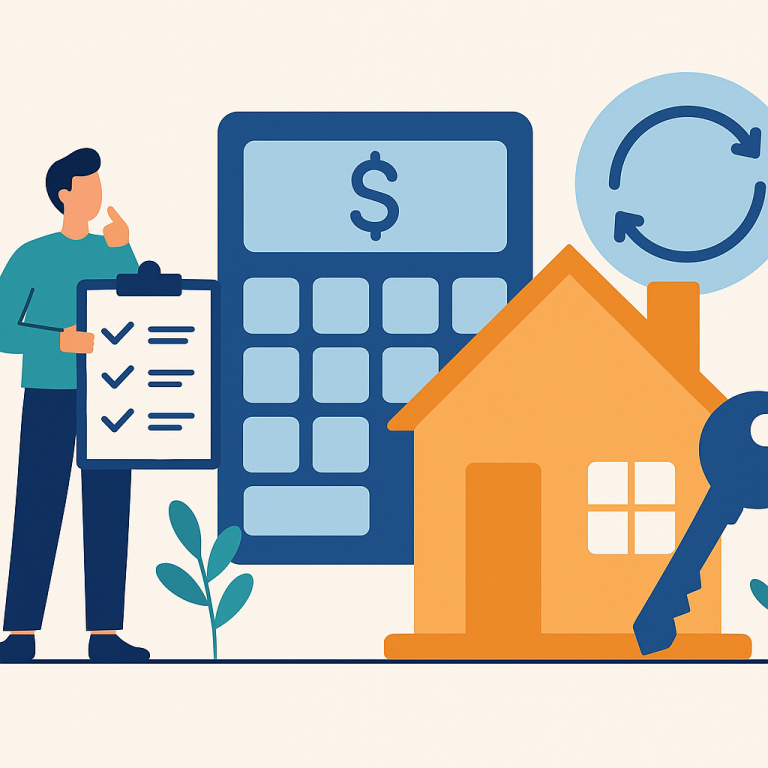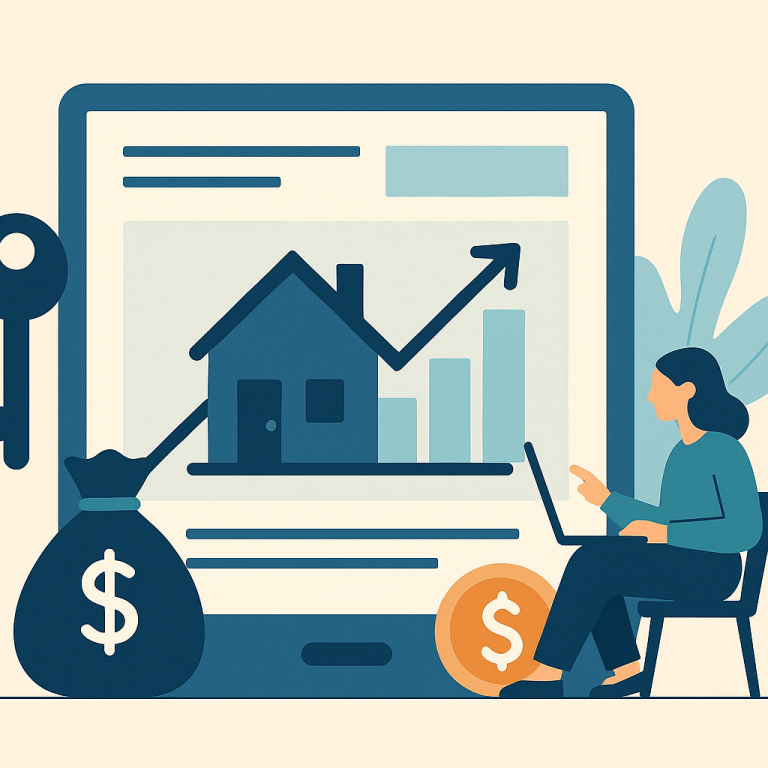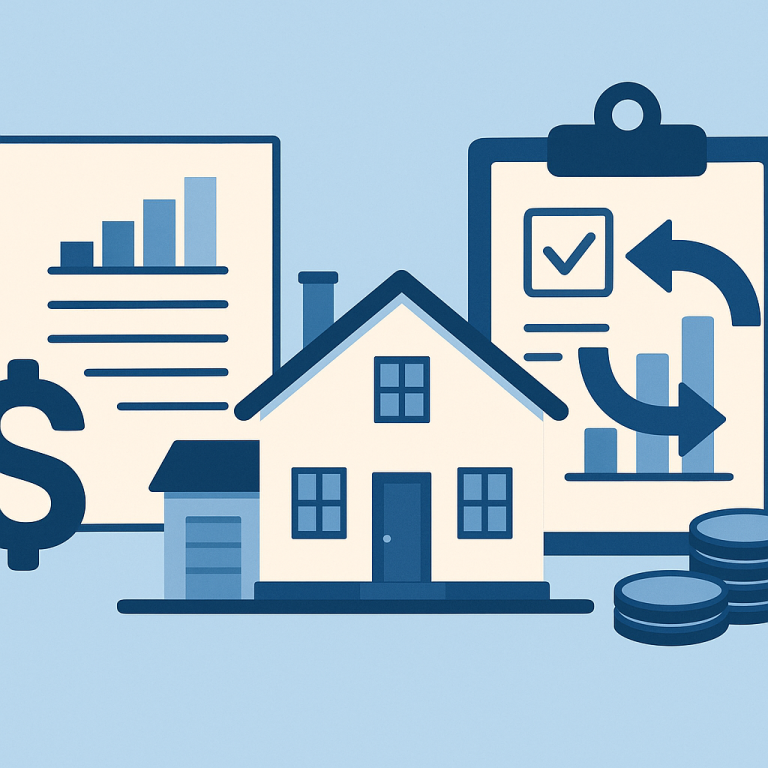Major Lender Cuts Refinance Fees $750, Driving Surge In Mortgage Applications
At a glance: Lower refinance fees and closing costs and how it could affect refinancing decisions.
Lenders have cut refinance origination fees, reducing closing costs and shortening breakeven timelines for many borrowers.
What Lower Refinance Fees Mean for Borrowers
As mortgage markets settle after a period of volatility, an increasing number of homeowners are weighing short-term refinancing as a strategy to reduce total interest paid and accelerate equity building. The strategy centers on replacing a longer-term mortgage with a shorter-term loan—commonly moving from a three-decade schedule to one that matures faster—when conditions align.
Industry observers say the decision to refinance into a shorter term is driven less by monthly payment targets and more by long-term savings and financial goals. For many borrowers, the appeal is straightforward: a shorter amortization means more of each payment goes to principal sooner, which reduces cumulative interest costs and increases home equity at a faster pace.
How to Evaluate Whether a Shorter-Term Refinance Makes Sense
Homeowners should consider several practical factors before pursuing a refinance to a shorter term:
- Monthly payment impact: Shorter terms typically raise the monthly payment. Borrowers must confirm the new payment fits comfortably within their budget without compromising other financial priorities.
- Interest-rate environment: A meaningful reduction in the interest rate can offset the higher monthly payment by lowering interest expense over the life of the loan. If rates are competitive relative to the current loan, the math often favors refinancing.
- Closing costs and break-even timeline: Upfront fees affect how long it takes to recoup the refinance cost. Homeowners should calculate a break-even point and ensure they plan to stay in the home beyond that threshold.
- Remaining loan term and equity: Borrowers with substantial remaining term or ample equity may realize quicker benefits from shortening the amortization, while those near payoff may see limited advantage.
Steps for Homeowners Considering This Move
Approaching a shorter-term refinance methodically improves the odds of a beneficial outcome. Recommended steps include:
- Run a side-by-side comparison: Use calculators to project total interest, monthly payments, and break-even points for different term options.
- Shop lenders and loan products: Rate quotes, fee structures, and underwriting timelines vary by lender. Comparing offers can reveal unexpected savings.
- Assess liquidity and emergency planning: Confirm that the higher payment won’t drain reserves needed for short-term emergencies or other financial goals.
- Consider alternative strategies: Partial extra principal payments, biweekly payment plans, or hybrid term reductions may deliver similar results without refinancing costs.
Homeowner Takeaways
Refinancing to a shorter-term mortgage can be an effective tactic to reduce lifetime interest and build equity faster, but it is not universally appropriate. The decision hinges on affordability, the rate differential, closing costs, and how long the homeowner expects to keep the property.
Practical next steps include running detailed scenarios for your situation, obtaining multiple lender quotes, and ensuring any increase in monthly payment leaves room for other financial priorities. For homeowners focused on long-term savings and who can comfortably afford the higher payment, a shorter-term refinance is worth a close look.
META:shorter-term-refinance-trends

